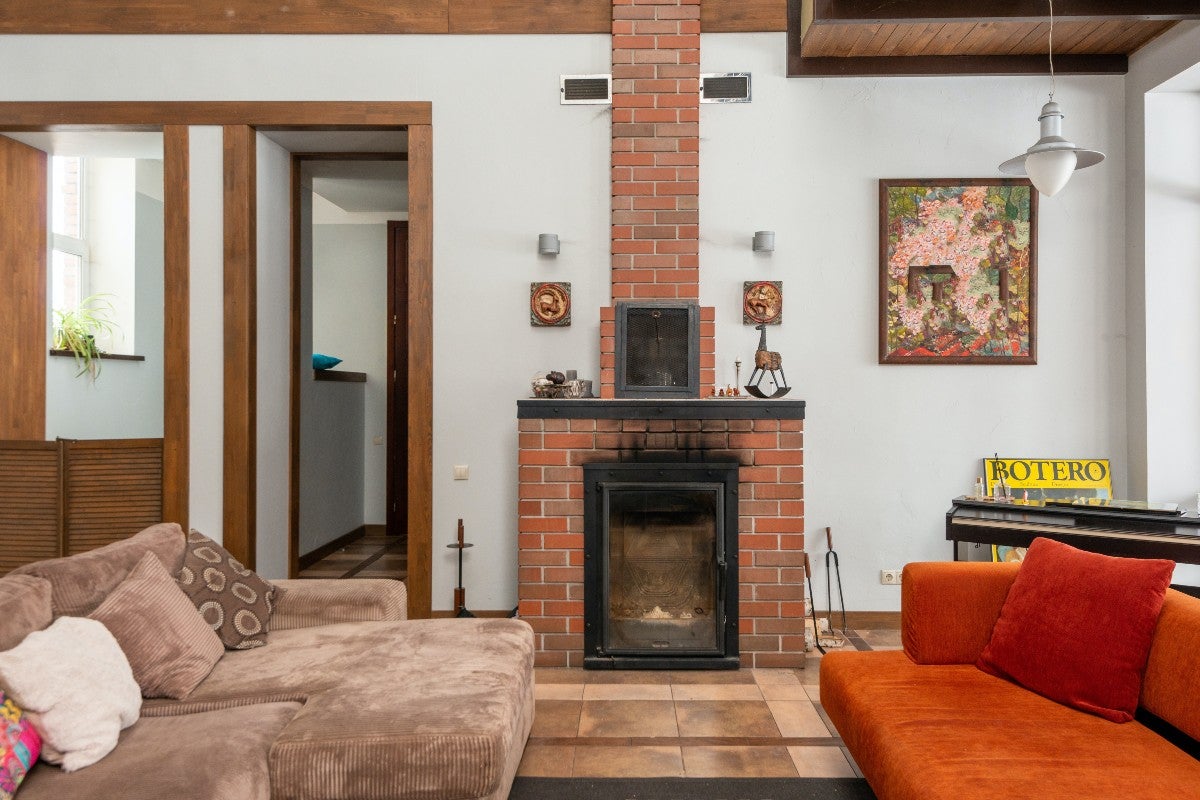

Articles
What Paint To Use On Fireplace
Modified: October 28, 2024
Looking for articles on what paint to use on a fireplace? Discover expert advice and recommendations for painting your fireplace to enhance its appearance.
(Many of the links in this article redirect to a specific reviewed product. Your purchase of these products through affiliate links helps to generate commission for Storables.com, at no extra cost. Learn more)
Introduction
When it comes to giving your fireplace a fresh new look, choosing the right paint is crucial. The fireplace is often the focal point of a room, and a well-painted fireplace can enhance the overall aesthetic and create a warm and inviting atmosphere. However, selecting the appropriate paint for a fireplace requires careful consideration of several factors.
In this article, we will discuss the key factors to consider when choosing paint for a fireplace, explore different types of paint suitable for use on fireplaces, and provide a step-by-step guide on how to paint a fireplace effectively. Whether you’re looking to update a neglected fireplace or revamp an outdated one, this article will help you make an informed decision and achieve a stunning result.
Key Takeaways:
- Choose the right paint for your fireplace by considering factors like heat resistance, surface material, and aesthetic preference. Proper preparation and application techniques will ensure a stunning and durable finish.
- Maintain your painted fireplace by regular cleaning, avoiding excessive heat, addressing stains promptly, and using proper fireplace tools. With proper care, your painted fireplace will continue to enhance your space for years to come.
Read more: What Kind Of Paint To Use On Brick Fireplace
Factors to Consider When Choosing Paint for a Fireplace
Choosing the right paint for your fireplace requires careful consideration of several factors. Here are some key factors to keep in mind:
- Heat Resistance: Fireplaces generate a significant amount of heat, so it is crucial to select a paint that can withstand high temperatures without peeling, cracking, or discoloring. Look for paints specifically labeled as “heat resistant” or “fireplace paint” to ensure the longevity of the finish.
- Surface Material: The material of your fireplace will also impact the choice of paint. Common fireplace materials include brick, stone, metal, or tile. Different surfaces may require specific types of paint or surface preparation to ensure proper adhesion and durability.
- Indoor/Outdoor Use: Consider whether your fireplace is indoor or outdoor. If your fireplace is located outdoors, it will be exposed to the elements, including UV rays and moisture. In such cases, choose a paint that is specifically designed for exterior use to ensure long-lasting protection.
- Aesthetic Preference: Decide on the desired look and finish for your fireplace. Do you want a bold and dramatic look, or a more subtle and natural appearance? Consider the overall style and theme of your space, as well as your personal taste, to ensure the paint color and finish complement your design vision.
- Paint Durability: Fireplaces are subjected to frequent use, so the paint you choose should be durable and resistant to chipping, fading, and staining. Look for paints that are formulated to withstand high traffic areas, as well as stains and spills commonly associated with fireplaces.
- Environmental Considerations: If you are concerned about the environmental impact, consider using low or zero VOC (volatile organic compounds) paints. These paints have reduced levels of harmful chemicals and are more eco-friendly.
By taking these factors into account, you can ensure that the paint you choose for your fireplace is not only visually appealing but also durable, heat-resistant, and suitable for its specific environment.
Types of Paint Suitable for Use on Fireplaces
When it comes to painting fireplaces, there are several types of paint that are suitable for the job. Each type of paint has its own unique properties and advantages. Here are the most common types of paint you can consider for your fireplace:
- Heat-resistant paint: Heat-resistant paint, also known as fireplace paint or stove paint, is specifically formulated to withstand high temperatures. It is designed to resist cracking, peeling, and fading caused by the intense heat generated by the fire. Heat-resistant paint is available in both aerosol cans and traditional brush-on formulas and comes in a variety of colors.
- Water-based paint: Water-based paint, also known as latex or acrylic paint, is a popular choice for painting fireplaces due to its ease of use and quick drying time. It is a versatile option that adheres well to various surfaces and provides a durable finish. Water-based paints also offer a wide range of color options and are typically low in odor and VOCs.
- Oil-based paint: Oil-based paint is known for its durability and ability to provide a smooth and glossy finish. It is highly resistant to wear and tear and offers excellent adhesion to different surfaces, making it suitable for fireplace painting. However, oil-based paint has a longer drying time and can emit strong odors. Proper ventilation is essential when using oil-based paints.
- High-temperature paint: High-temperature paint is specifically formulated to withstand extremely high temperatures, making it an ideal choice for fireplaces and other heat-generating appliances. This type of paint can resist temperatures up to 1200°F (649°C) and is available in different finishes, including matte, satin, and gloss.
When selecting the type of paint for your fireplace, it is important to consider factors such as heat resistance, durability, ease of application, and your aesthetic preferences. You may also want to consult with a paint professional or refer to the manufacturer’s recommendations to ensure you choose the most suitable paint for your specific fireplace. Remember to properly prepare the surface and follow the manufacturer’s instructions for the best results.
Heat-Resistant Paint Options for Fireplaces
When it comes to painting fireplaces, heat-resistant paint is a crucial choice. This type of paint is specifically formulated to withstand high temperatures without cracking, peeling, or discoloring. Here are some heat-resistant paint options to consider for your fireplace:
- Aerosol Heat-Resistant Paint: Aerosol heat-resistant paint is a convenient option for painting fireplaces. It comes in spray cans, allowing for easy application and providing a smooth, even finish. This paint is designed to resist high temperatures and is available in a variety of colors.
- Brush-on Heat-Resistant Paint: Brush-on heat-resistant paint is applied using a paintbrush or roller. This type of paint allows for more control, especially when painting intricate areas of the fireplace. It provides a durable and heat-resistant finish, and like aerosol paint, it comes in a range of colors.
- Epoxy Heat-Resistant Paint: Epoxy heat-resistant paint is a highly durable option for fireplaces. It is known for its excellent adhesion and resistance to heat, moisture, and chemicals. Epoxy paint provides a glossy finish and is available in various colors. However, it may require more preparation and careful application compared to other types of heat-resistant paint.
- Ceramic-Based Heat-Resistant Paint: Ceramic-based heat-resistant paint is formulated with ceramic particles, making it exceptionally heat-resistant. It offers superior durability and a protective barrier against high temperatures. Ceramic-based paint is often used on grills, stoves, and other heat-generating surfaces, but it can also be an excellent choice for fireplaces.
When choosing heat-resistant paint, ensure that it is specifically labeled for fireplace use. Keep in mind that some heat-resistant paints may have specific temperature limitations, so it is essential to check the product specifications and select a paint that can withstand the heat generated by your fireplace.
Before applying heat-resistant paint, make sure to clean the fireplace surface thoroughly and remove any loose debris or previous coatings. Proper surface preparation will help ensure better adhesion and a long-lasting finish. Follow the manufacturer’s instructions for application and drying times, and consider applying multiple coats for enhanced durability and coverage.
Always prioritize safety when using heat-resistant paint. Allow the fireplace to cool completely before painting, and ventilate the room during and after the painting process. If you have any doubts or concerns, consulting with a paint professional can provide valuable guidance and ensure that you select the most suitable and effective heat-resistant paint for your fireplace.
Water-Based Paints for Fireplaces
Water-based paints, also known as latex or acrylic paints, are a popular choice for painting fireplaces. They offer several advantages, including ease of use, quick drying time, and a wide range of color options. Here are some key points to consider when using water-based paints for your fireplace:
- Adhesion and Durability: Water-based paints adhere well to various surfaces, including brick, stone, and metal. They offer excellent durability, resisting chipping, cracking, and peeling. Look for water-based paints that are specifically formulated for high-traffic areas to ensure long-lasting results.
- Color Variety: One of the biggest advantages of water-based paints is the vast range of colors available. From traditional neutrals to bold and vibrant hues, there is a color to suit every design aesthetic and personal preference. You can also mix different shades to create custom colors or apply multiple coats for added depth.
- Low Odor and VOCs: Water-based paints have a lower odor compared to oil-based paints, making them more pleasant to work with. They also tend to have lower levels of volatile organic compounds (VOCs), which are chemicals that can be released into the air and have harmful effects on indoor air quality and health.
- Easy Clean-Up: Water-based paints are easy to clean up with soap and water. Brushes and tools can be easily rinsed, reducing the amount of time and effort required for post-painting cleanup.
- Quick Drying Time: Water-based paints typically have a faster drying time compared to oil-based paints. This allows for quicker project completion, minimizing the risk of dust or debris settling on the painted surface during the drying process.
When using water-based paints for your fireplace, it is important to properly prepare the surface. Clean the fireplace thoroughly, removing any dirt, soot, or previous coatings. If the surface is glossy or has poor adhesion, consider sanding it lightly to provide better paint adhesion. Apply a primer specifically designed for water-based paints to improve adhesion and enhance the durability of the finish.
When applying water-based paint, use a high-quality brush or roller to ensure even coverage. Start by cutting in the edges and corners with a brush, then use a roller to cover larger areas. Apply multiple thin coats rather than one thick coat for a smoother and more professional finish. Follow the manufacturer’s instructions regarding drying times and recoat intervals.
Remember that while water-based paints are suitable for most fireplace surfaces, they may not be the best choice for outdoor fireplaces or areas exposed to excessive moisture. In such cases, consider using exterior-grade paints specifically formulated to withstand the outdoor elements.
Water-based paints are a versatile and user-friendly option for adding color and revitalizing your fireplace. With proper surface preparation and application techniques, you can achieve a beautiful and long-lasting finish that enhances the overall look and feel of your space.
Read more: What Color To Paint A Brick Fireplace
Oil-Based Paints for Fireplaces
Another option to consider when painting fireplaces is oil-based paint. Oil-based paints offer unique properties and advantages that make them suitable for certain fireplace projects. Here are some key points to keep in mind when using oil-based paints:
- Durability: Oil-based paints are known for their exceptional durability and resistance to wear and tear, making them ideal for high-traffic areas like fireplaces. They are less prone to chipping, cracking, and peeling, providing a long-lasting and professional-looking finish.
- Gloss and Smoothness: Oil-based paints tend to provide a smoother and more glossy finish compared to water-based paints. This can enhance the visual appeal of a fireplace, giving it a polished and sophisticated look.
- Adhesion: Oil-based paints have excellent adhesion properties, allowing them to adhere well to various surfaces, including brick, stone, and metal. This ensures that the paint will stay firmly in place and resist flaking or peeling over time.
- Coverage: Oil-based paints typically offer better coverage, especially when dealing with surfaces that have strong color or texture variations. They have good hiding power, meaning you may require fewer coats to achieve the desired color and finish.
- Longer Drying Time: One disadvantage of oil-based paints is their longer drying time. They usually require more time to dry and cure compared to water-based paints. Proper ventilation is essential during and after application to allow for adequate drying and to dissipate any strong odors.
- Strong Odor and VOCs: Oil-based paints have a stronger odor compared to water-based paints. They also tend to contain higher levels of volatile organic compounds (VOCs), which can have adverse effects on indoor air quality and health. It is important to ensure proper ventilation and take necessary precautions when working with oil-based paints.
When using oil-based paints for your fireplace, it is crucial to properly prepare the surface by cleaning it thoroughly and removing any dirt or previous coatings. If the surface is smooth or glossy, lightly sand it to improve paint adhesion. Applying a primer specifically formulated for oil-based paints can further enhance adhesion and durability.
When applying oil-based paint, use high-quality brushes or rollers to ensure a smooth and even finish. Start by cutting in the edges and corners with a brush, then use a roller to cover larger areas. Apply thin coats to minimize drips and allow for better drying. Follow the manufacturer’s instructions regarding drying times and recoat intervals.
Keep in mind that the longer drying time of oil-based paints means a longer waiting period before you can use your fireplace again. It is important to allow sufficient curing time to ensure that the paint fully sets and hardens.
Overall, oil-based paints are a durable and reliable choice for fireplaces, especially for surfaces that require better adhesion and coverage. They can provide a glossy and long-lasting finish, but they do come with longer drying times and strong odors. Consider your specific project needs and preferences when deciding between oil-based and other types of paints.
When painting a fireplace, use heat-resistant paint specifically designed for high-temperature surfaces. Look for a paint labeled for use on fireplaces or wood stoves to ensure it can withstand the heat.
High-Temperature Paint for Fireplaces
High-temperature paint is specifically formulated to withstand extreme heat, making it an ideal choice for painting fireplaces. Fireplaces generate intense temperatures that can cause regular paint to peel, crack, or discolor. High-temperature paint, on the other hand, is designed to resist heat and maintain its appearance. Here are some key points to consider when using high-temperature paint for your fireplace:
- Heat Resistance: High-temperature paint is engineered to withstand temperatures up to 1200°F (649°C) or even higher. This makes it suitable for fireplaces, wood-burning stoves, grills, and other heat-generating surfaces. It forms a protective barrier that helps retain its color and finish even under extreme heat.
- Variety of Finishes: High-temperature paint comes in various finishes, including matte, satin, and gloss. This allows you to choose a finish that best suits your aesthetic preference and complements the overall design of your space.
- Application Methods: High-temperature paint can be applied using brush-on, spray-on, or aerosol methods. Brush-on paint allows for more control and precision, while spray-on options provide a more even and consistent application. Choose the application method that aligns with your painting skills and the size of your project.
- Surface Preparation: Proper surface preparation is essential when using high-temperature paint. Clean the fireplace thoroughly to remove any dirt, dust, or soot. If the surface has existing paint or coating, consider sanding it lightly to improve adhesion. Be sure to follow the manufacturer’s instructions for the specific preparation requirements of the high-temperature paint you are using.
- Multiple Coats and Drying Time: Applying multiple thin coats of high-temperature paint is recommended to achieve a durable and long-lasting finish. Each coat should be allowed to dry completely before applying the next. Pay attention to the manufacturer’s recommended drying time and follow it strictly to ensure optimum results.
High-temperature paint is available in various colors, including standard matte black, which is a popular choice for fireplaces. However, some manufacturers offer a range of custom colors to suit different design preferences. It is important to choose a high-temperature paint that is specifically designed for the temperature range of your fireplace to ensure optimal performance.
When applying high-temperature paint, proper ventilation is crucial due to the strong fumes emitted during the drying process. Ensure that the room is well-ventilated, and consider wearing a mask and gloves for added safety.
High-temperature paint can revive the appearance of your fireplace, providing a fresh and clean look while withstanding the heat that fireplaces generate. Follow the manufacturer’s instructions for application and maintenance to ensure the longevity and performance of the high-temperature paint on your fireplace.
Paint Finishes for Fireplaces
Choosing the right paint finish for your fireplace can greatly impact its overall appearance and aesthetic appeal. Different finishes offer varying levels of sheen and texture, allowing you to achieve the desired look and feel for your fireplace. Here are some common paint finishes to consider:
- Matte Finish: Matte finish is a popular choice for fireplaces due to its subtle and non-reflective appearance. It offers a flat finish with minimal sheen, providing a smooth and elegant look. Matte finishes are excellent for hiding imperfections on the surface and creating a more understated and contemporary feel.
- Satin Finish: Satin finish is a versatile option that strikes a balance between matte and gloss. It offers a soft and subtle sheen, providing a slightly polished appearance without being overly reflective. Satin finishes are known for their durability and ease of maintenance, making them suitable for high-traffic areas like fireplaces.
- Semi-Gloss Finish: Semi-gloss finish provides a higher level of reflectivity and sheen compared to satin or matte finishes. It offers a smooth and shiny surface that can add a touch of sophistication and elegance to your fireplace. Semi-gloss finishes are popular for their durability, moisture resistance, and ease of cleaning, making them a practical choice for fireplaces.
- Gloss Finish: Gloss finish is the shiniest and most reflective option. It provides a mirror-like surface that can create a dramatic and attention-grabbing effect. Gloss finishes offer excellent durability and are easy to clean, but they can also highlight imperfections on the surface. Gloss finishes are a bold choice for those who want to make a statement with their fireplace.
When choosing a paint finish for your fireplace, consider the overall style and design of your space. A matte or satin finish can work well in modern and minimalist settings, creating a clean and contemporary look. On the other hand, a semi-gloss or gloss finish can add a touch of glamour and richness in more traditional or formal environments.
It is important to note that the paint finish can affect the perceived color of the paint. Lighter colors tend to appear slightly brighter and more intense in gloss finishes, while darker colors may appear deeper and richer. Consider testing different paint finishes on a small inconspicuous area of your fireplace to determine the desired effect before applying it to the entire surface.
Ultimately, the choice of paint finish for your fireplace comes down to personal preference and the desired ambiance you want to create in the room. Whether you opt for a subtle matte finish or a glossy statement piece, choosing the right paint finish can enhance the visual appeal and make your fireplace the centerpiece of your space.
Preparing the Fireplace for Painting
Proper preparation is key to achieving a successful and long-lasting paint job on your fireplace. Taking the time to prepare the surface beforehand will ensure better adhesion and a smoother finish. Here are the steps to prepare your fireplace for painting:
- Clean the Surface: Start by thoroughly cleaning the surface of the fireplace. Remove any loose debris, dust, or soot using a brush or vacuum cleaner. Wipe down the surface with a damp cloth to remove any remaining dirt or grime. Make sure the surface is completely dry before moving on to the next step.
- Remove Previous Coatings: If your fireplace has existing paint or sealant, it is important to remove them before applying a new coat of paint. Use a paint scraper, sandpaper, or a chemical paint stripper to strip away the old coatings. Follow the manufacturer’s instructions for the specific product you are using and ensure proper safety precautions.
- Repair Any Damaged Areas: Inspect the surface of the fireplace for any cracks, holes, or other damage. Use a suitable filler, such as acrylic caulk or fireplace mortar, to repair these areas. Allow the filler to dry completely and then sand it down until it is smooth and level with the surrounding surface.
- Sand the Surface: Lightly sand the entire surface of the fireplace to create a slightly rough texture. This will promote better adhesion of the paint. Use a medium-grit sandpaper or sanding block and work in a circular motion. Wipe away any dust with a clean cloth or sponge.
- Mask and Protect: Use painter’s tape to protect any adjacent surfaces or areas you do not want to paint. Cover the surrounding floor or furniture with drop cloths or plastic sheets to protect them from any accidental paint splatters or drips.
- Prime the Surface: Applying a primer is highly recommended, especially if you are painting over a porous surface, bare wood, or repairing damaged areas. Primer helps create a smooth and even surface and improves the adhesion of the paint. Choose a primer specifically formulated for the type of paint you will be using.
By following these steps, you will ensure that your fireplace surface is properly prepared for painting. This will result in a more professional-looking finish and enhance the durability of the paint. Taking the time to prepare the surface will also help the paint adhere better and prevent issues such as peeling or cracking in the future.
Remember to read and follow the manufacturer’s instructions for any cleaning agents, fillers, sandpapers, and primers you use. Safety precautions should always be taken, including wearing protective gloves, goggles, and a mask if required. With proper preparation, your fireplace will be ready for a fresh coat of paint that will transform its appearance and revitalize your space.
Read more: What Type Of Paint For Brick Fireplace
Step-by-Step Guide to Painting a Fireplace
Painting your fireplace can be a rewarding project that breathes new life into your space. Follow these step-by-step instructions to ensure a successful and professional-looking paint job:
- Gather Supplies: Collect all the necessary supplies for the project, including paint, primer, brushes, rollers, trays, painter’s tape, drop cloths, sandpaper, and a cleaning cloth.
- Prepare the Fireplace: Begin by thoroughly cleaning the fireplace surface to remove any dirt, soot, or debris. Use a brush or vacuum cleaner followed by a damp cloth. Allow the surface to dry completely.
- Protect Surrounding Areas: Use painter’s tape to cover any adjacent surfaces or areas you want to protect from paint. Lay down drop cloths or plastic sheets to protect the floor and any furniture in the vicinity.
- Apply Primer: If your fireplace surface requires primer, apply it according to the manufacturer’s instructions. Use a brush to cut in around the edges and corners, then use a roller to cover larger areas. Allow the primer to dry completely before proceeding.
- Sand the Surface: Lightly sand the primed surface to create a smooth and even texture. This step helps with paint adhesion and promotes a professional finish. Wipe away any dust with a clean, damp cloth.
- Paint the Fireplace: Start by cutting in around the edges with a brush. Use long, smooth strokes to ensure even coverage. Once the edges are done, use a roller to paint the larger areas. Apply thin coats, allowing each coat to dry before applying the next. Avoid overloading the roller to prevent drips and uneven application.
- Apply Additional Coats: Depending on the desired color and coverage, you may need to apply multiple coats of paint. Follow the manufacturer’s instructions for drying times between coats.
- Remove Painter’s Tape: Once the final coat of paint has dried, carefully remove the painter’s tape to reveal clean, crisp edges.
- Clean Up: Clean your brushes, rollers, trays, and any other painting equipment immediately after use. Dispose of any remaining paint and properly store any leftover paint for future touch-ups.
- Allow Proper Drying Time: Allow the paint to dry and cure according to the manufacturer’s instructions before using the fireplace. This will ensure that the paint has fully hardened and will withstand the heat generated by the fireplace.
It’s important to note that the drying and curing times may vary depending on the type of paint and environmental conditions. Always refer to the paint manufacturer’s guidelines for accurate drying times.
Following these steps will guide you through the process of painting your fireplace, resulting in a fresh and updated look for your space. Remember to take your time, work with patience, and maintain proper ventilation throughout the painting process.
Tips for Maintaining Painted Fireplaces
Once you have painted your fireplace and achieved the desired look, it’s important to properly maintain it to ensure the longevity and beauty of the painted surface. Here are some helpful tips for maintaining painted fireplaces:
- Regular Cleaning: Regularly dust and clean the painted surface of the fireplace to prevent the buildup of dust, soot, or debris. Use a soft cloth or microfiber duster to gently wipe away any surface dirt. Avoid using abrasive cleaners or harsh chemicals that can damage the paint.
- Avoid Excessive Heat: While heat-resistant paint can withstand high temperatures, it’s best to avoid placing objects directly in contact with the painted surface that may generate excessive heat. Keep firewood, flammable objects, and hot pots or pans at a safe distance to prevent potential damage to the paint.
- Address Stains and Spills Promptly: Accidental spills or stains can occur near the fireplace. If this happens, clean the affected area immediately to prevent the stain from setting into the paint. Use a mild detergent, warm water, and a soft cloth to gently blot the stain. Avoid scrubbing the paint vigorously, as it can cause damage.
- Inspect for Cracks or Damage: Periodically inspect the painted surface for any signs of cracks, chips, or other damage. Address these issues promptly by touching up the affected areas. Lightly sand the damaged area, apply a thin coat of paint, and allow it to dry completely.
- Avoid Direct Water Contact: Water exposure can cause damage to painted fireplaces, especially if the surface is not adequately protected. Avoid direct contact with water, such as excessive splashing or direct spraying. If the fireplace is in an outdoor area, ensure it is properly covered during rain or other wet weather conditions.
- Use Proper Fireplace Tools: When tending to your fireplace, use appropriate fireplace tools to prevent scratching or chipping of the painted surface. Avoid using sharp utensils or abrasive materials that can damage the paint.
- Retouching and Repainting: Over time, the painted surface of the fireplace may require touch-ups or repainting. Keep some leftover paint from the original project for this purpose. When encountering minor scratches or areas of wear, lightly sand the damaged area, apply a thin coat of the paint, and blend it with the surrounding surface.
By following these maintenance tips, you can keep your painted fireplace looking great for years to come. Remember that regular care, prompt attention to spills or damage, and proper handling can significantly extend the life and beauty of your painted fireplace.
It’s also a good idea to refer to the specific guidelines provided by the paint manufacturer for any additional maintenance recommendations specific to the type of paint used on your fireplace. This will help ensure that you are caring for the painted surface in the best way possible.
Conclusion
Painting your fireplace is a fantastic way to transform the look of your space and create a focal point that enhances the overall aesthetic. Whether you choose heat-resistant paint, water-based paint, oil-based paint, or high-temperature paint, each type has its own unique benefits and considerations. By carefully selecting the right paint and finish, you can achieve a stunning result that not only adds beauty but also withstands the heat and wear associated with fireplaces.
Remember to thoroughly prepare the fireplace surface before painting, ensuring it is clean, smooth, and properly primed. Follow a step-by-step guide to achieve a professional finish, allowing each coat to dry completely before applying the next. And once your painted fireplace is complete, be sure to maintain it properly through regular cleaning, careful handling, and prompt touch-ups when needed.
Ultimately, painting a fireplace allows you to express your creativity and style while enhancing the visual appeal of your space. Whether you opt for a bold and glossy finish or a subtle and matte look, a well-painted fireplace can become the heart of your room, radiating warmth and charm.
As you embark on your fireplace painting journey, remember to consider the factors involved in choosing the right paint, such as heat resistance, surface material, indoor/outdoor use, and your aesthetic preference. With proper research, preparation, and attention to detail, you can achieve a painted fireplace that brings beauty and joy for years to come.
Frequently Asked Questions about What Paint To Use On Fireplace
Was this page helpful?
At Storables.com, we guarantee accurate and reliable information. Our content, validated by Expert Board Contributors, is crafted following stringent Editorial Policies. We're committed to providing you with well-researched, expert-backed insights for all your informational needs.
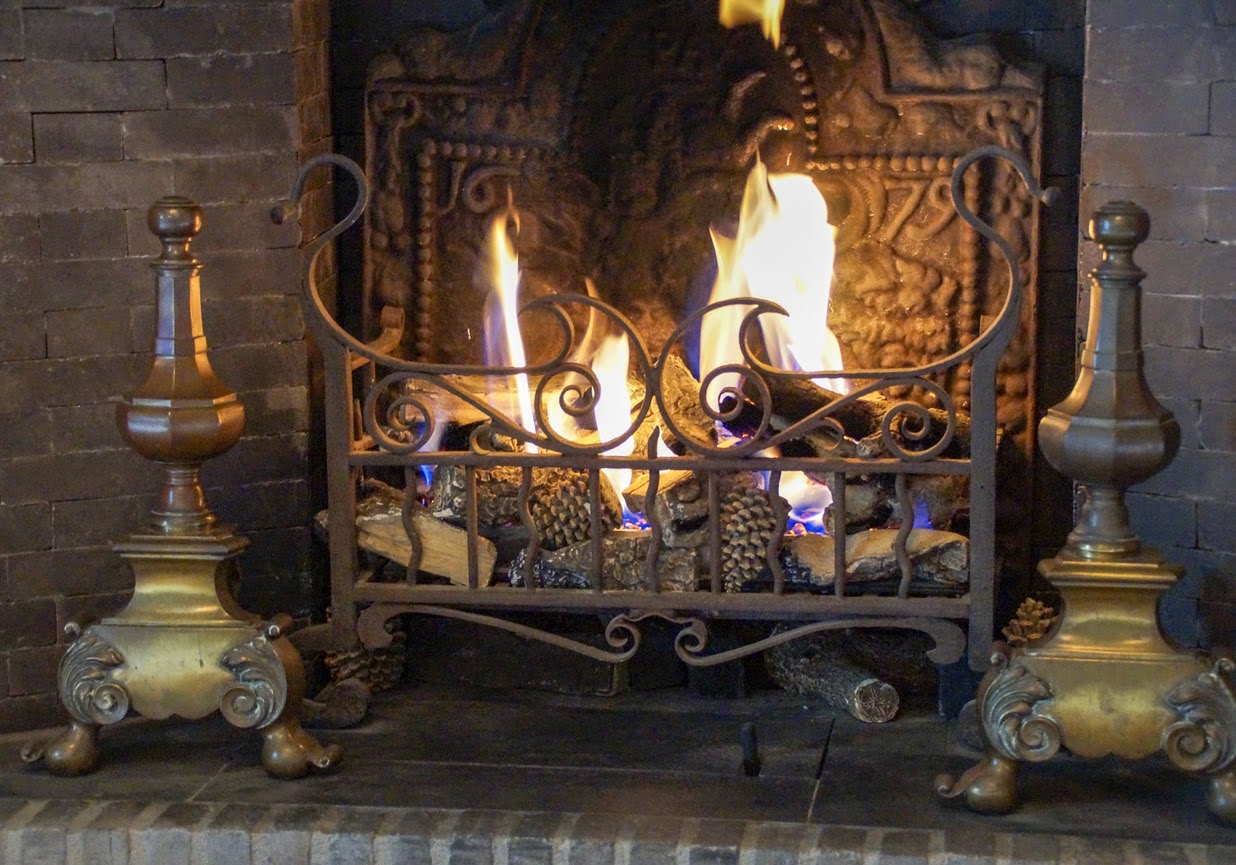
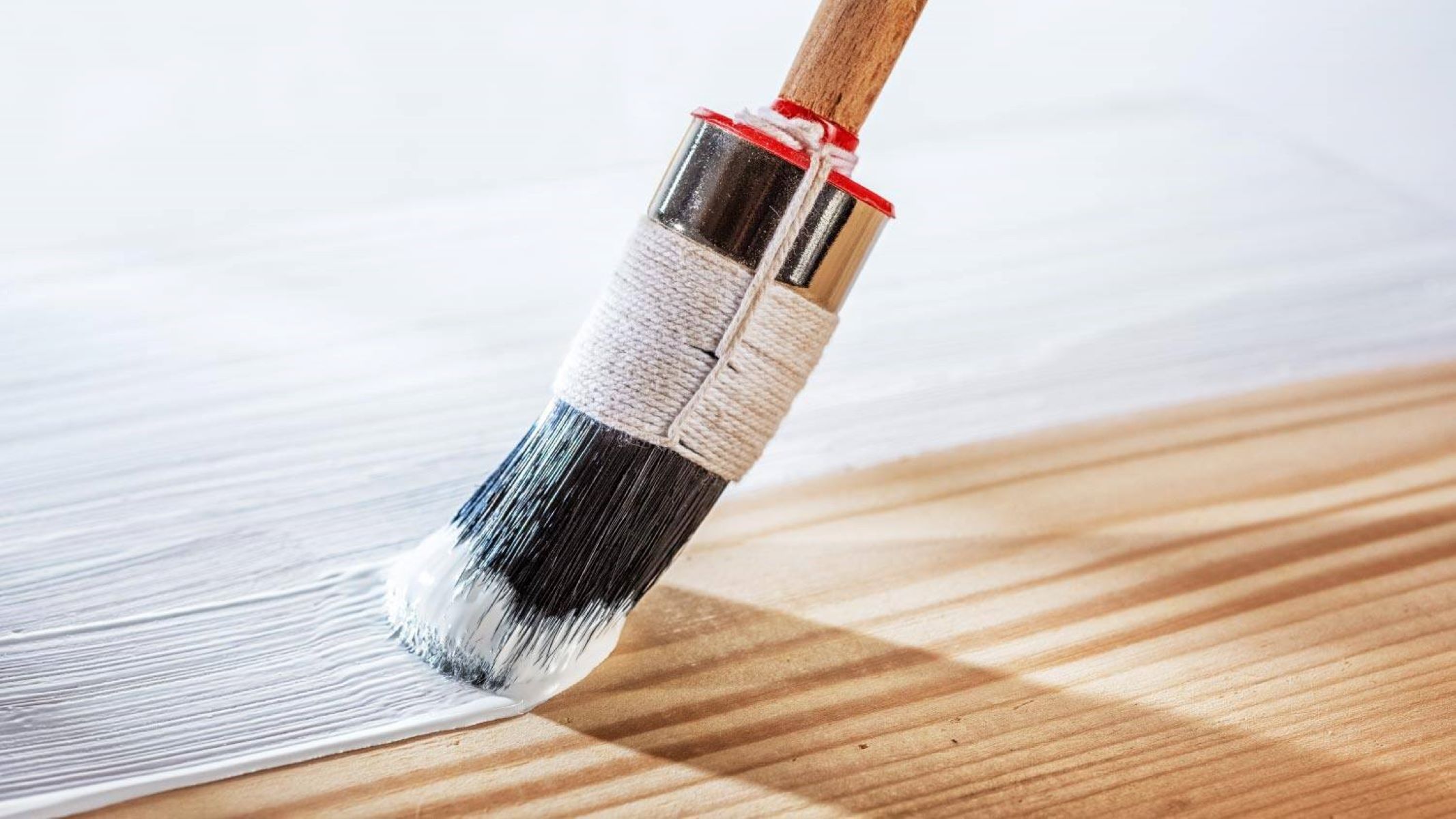
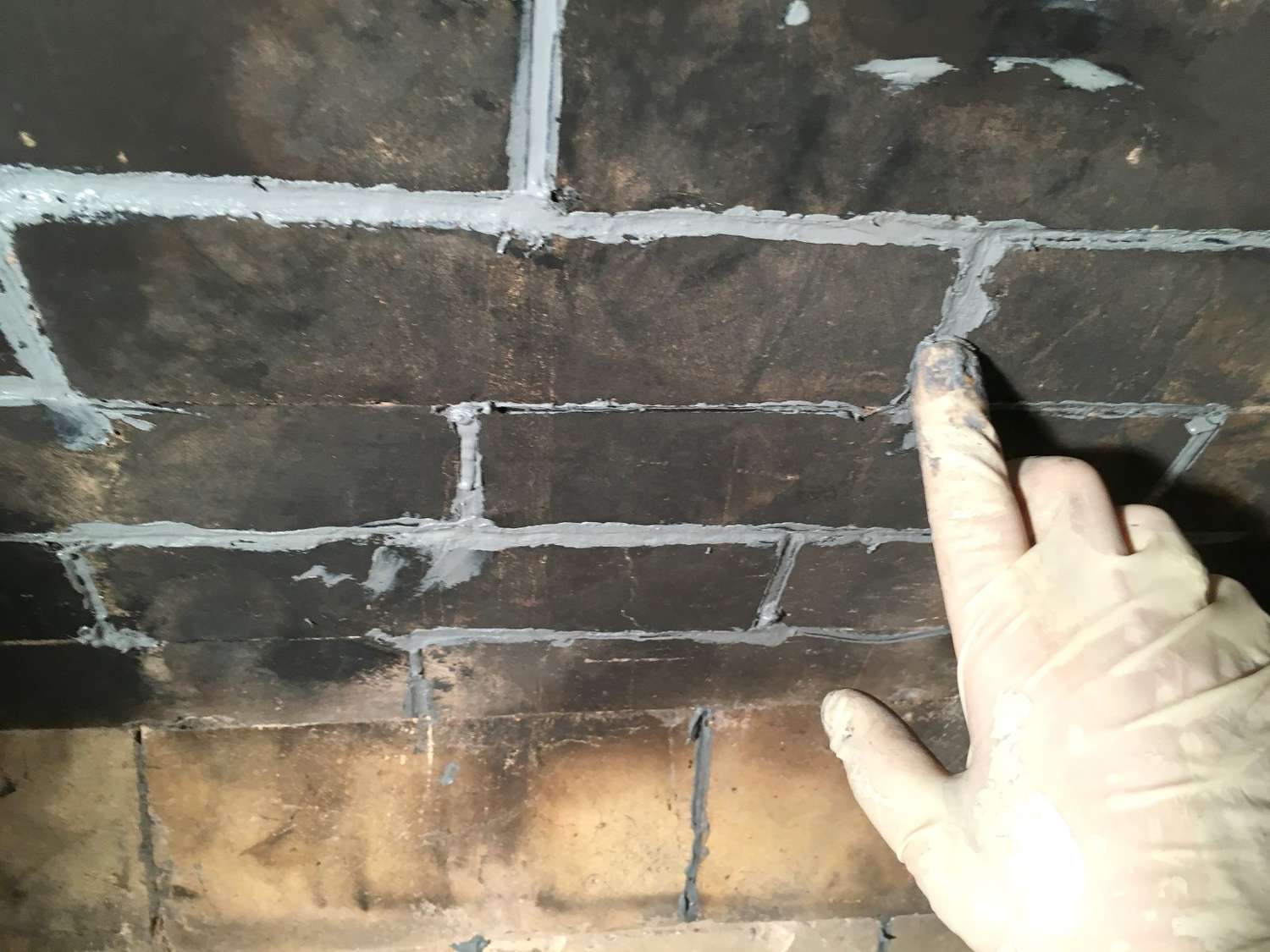
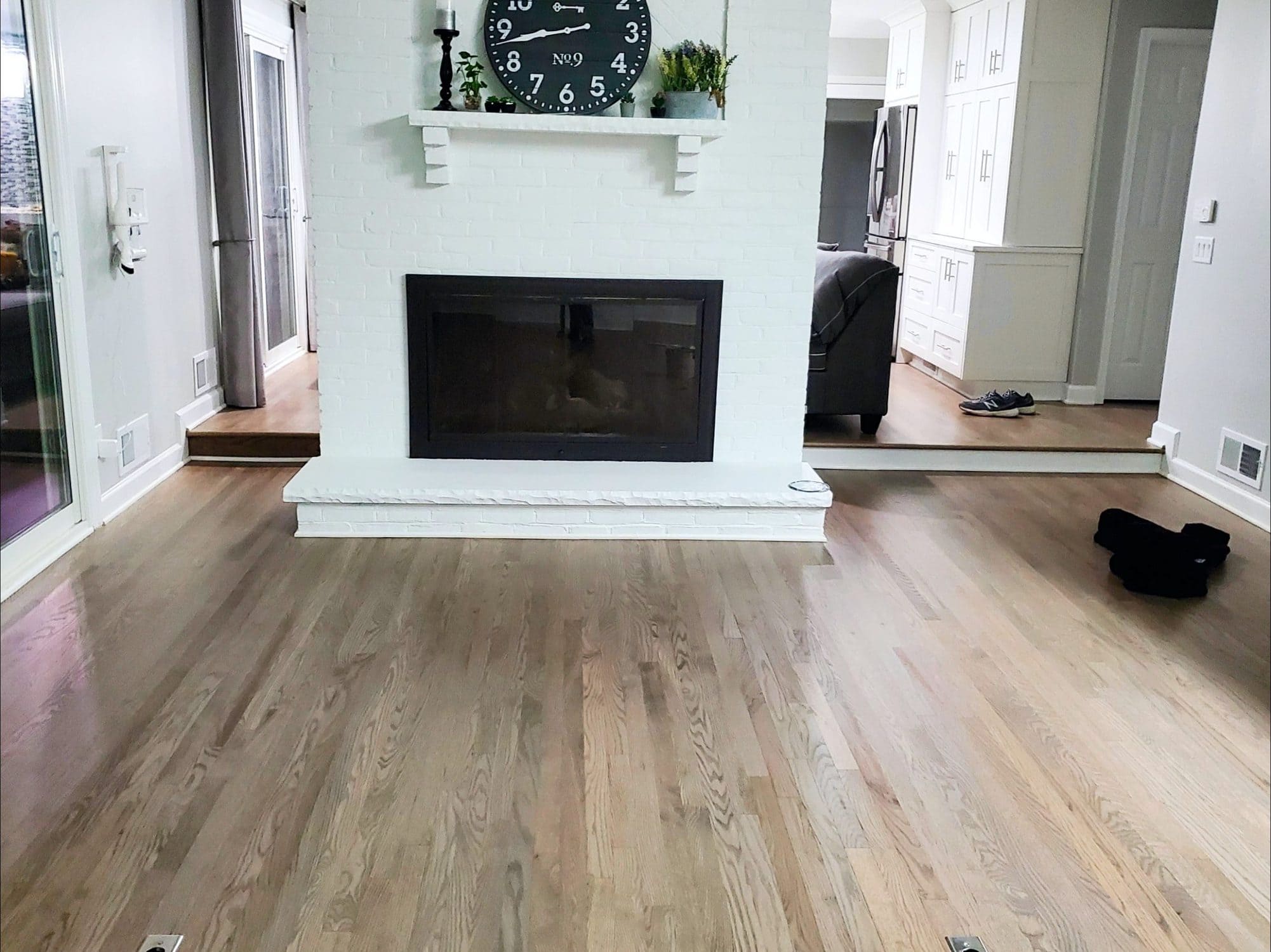
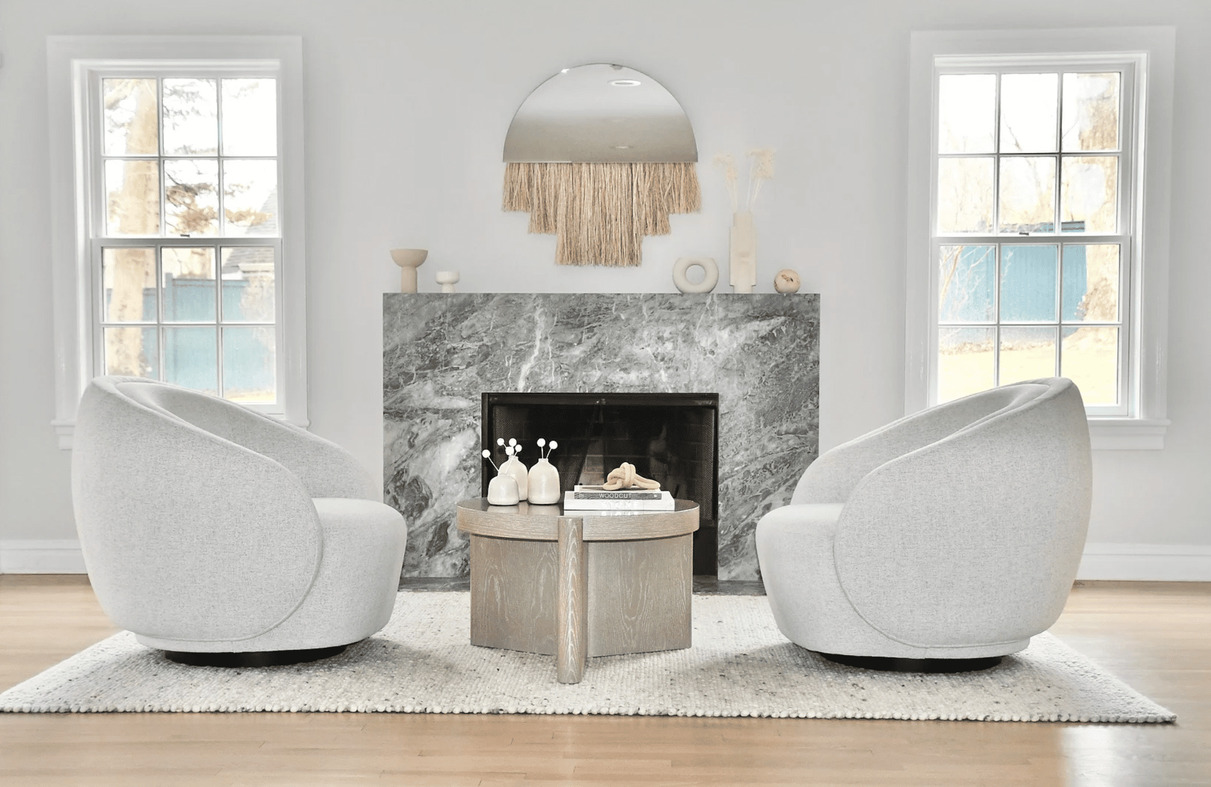
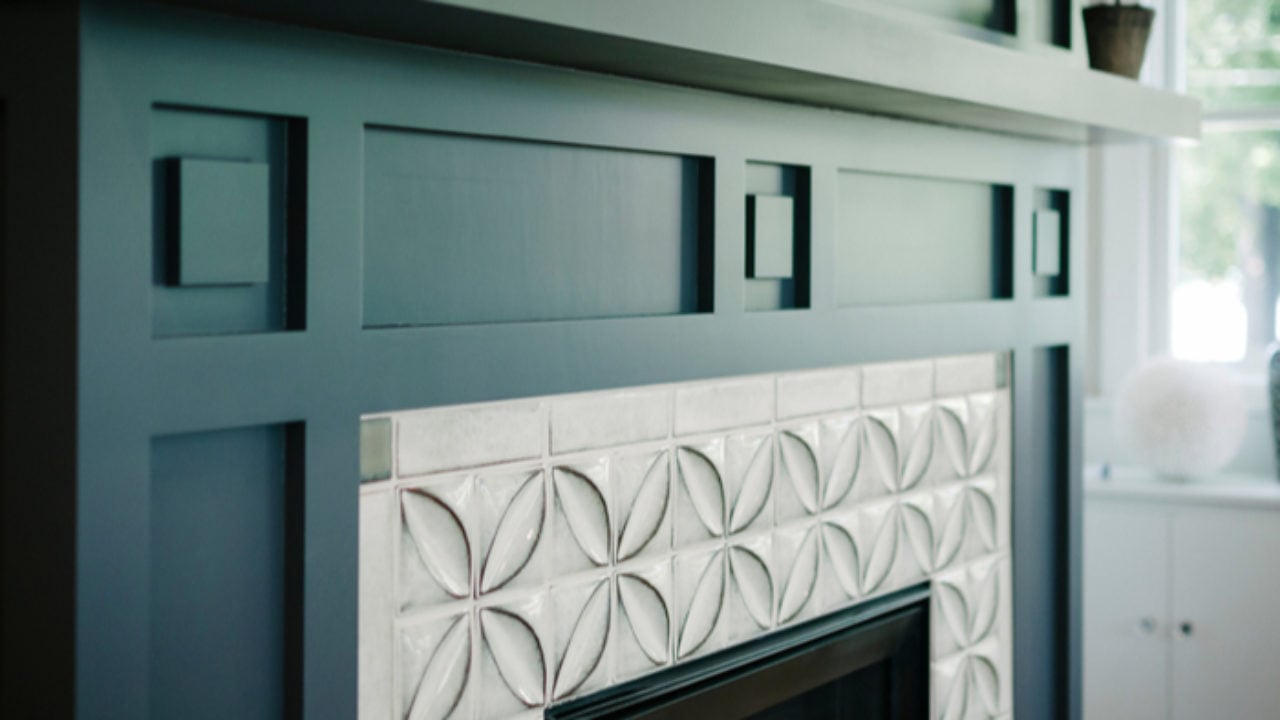
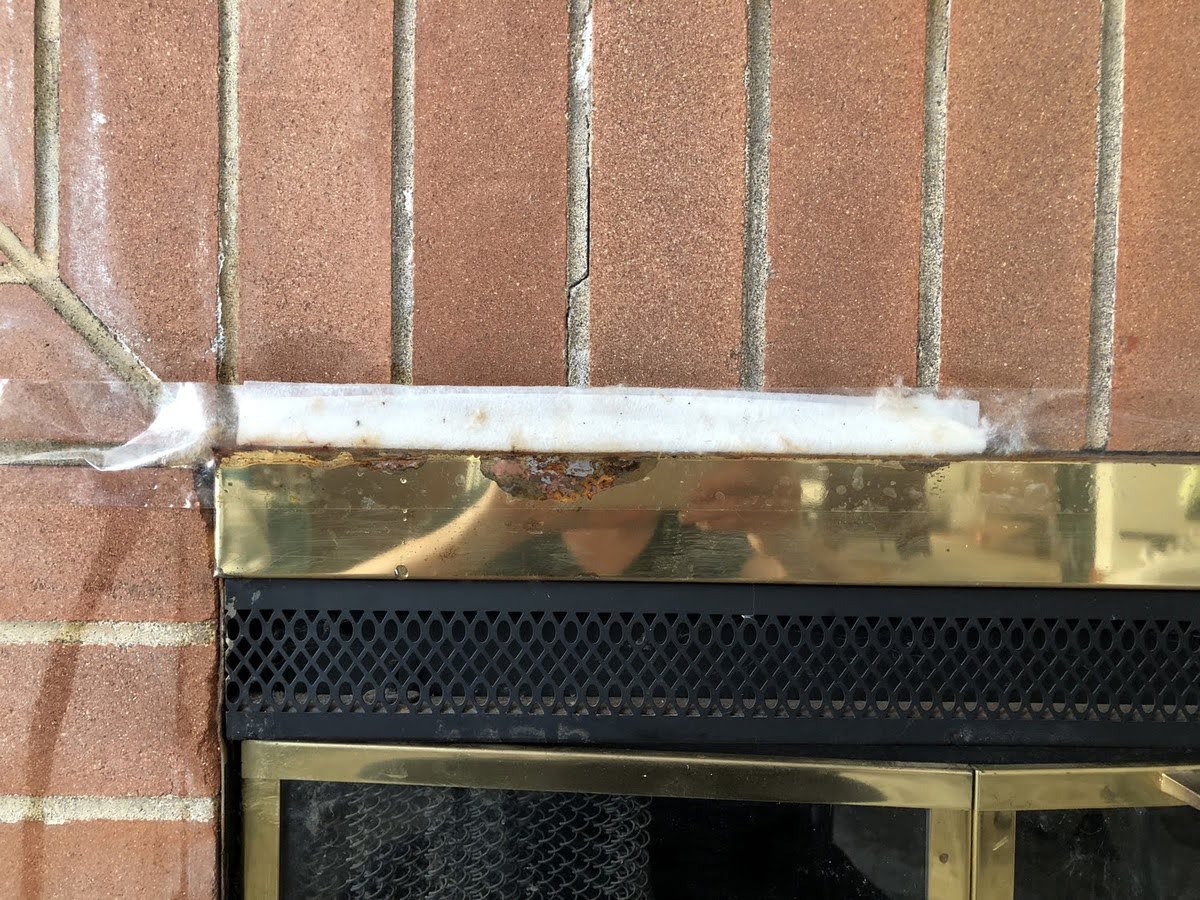
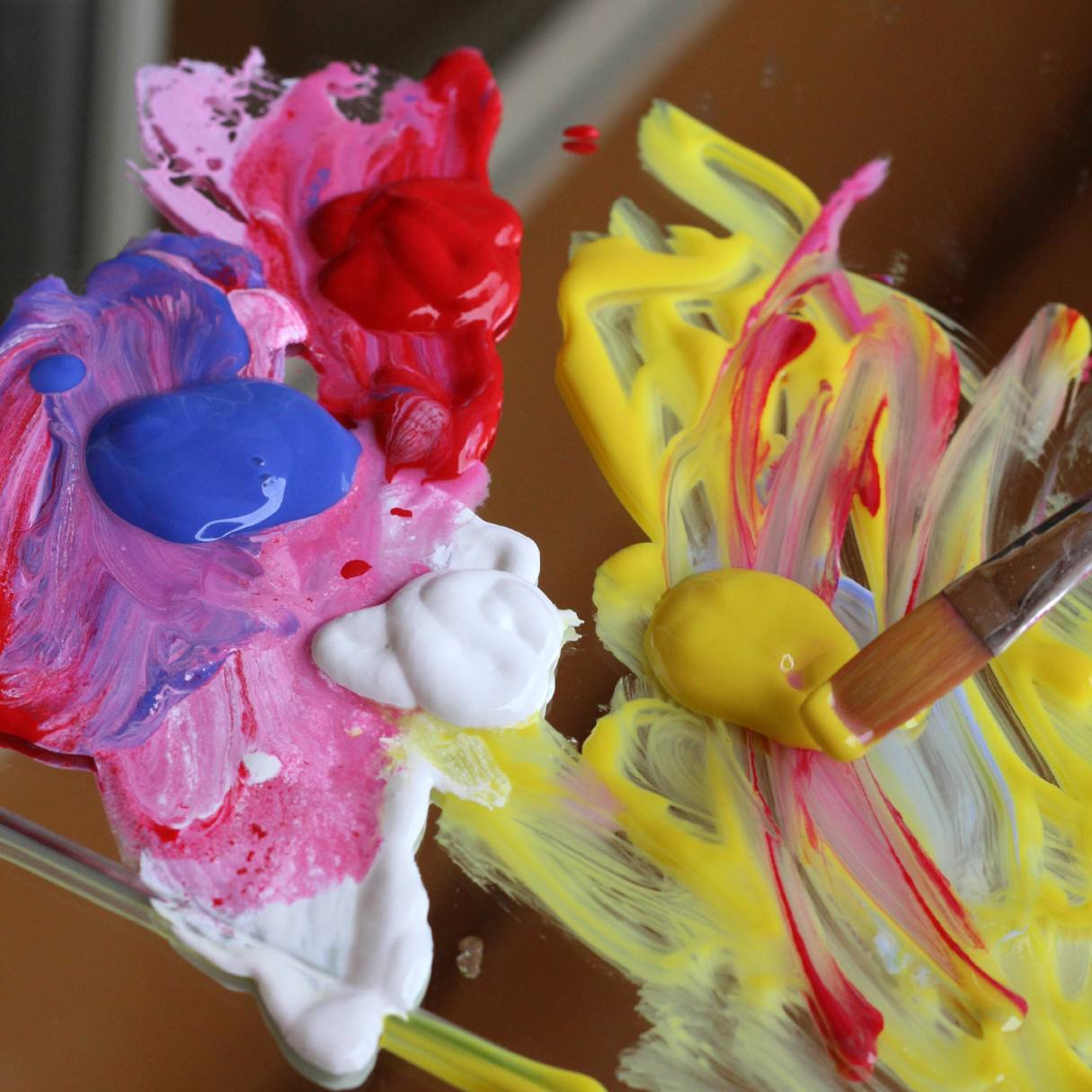
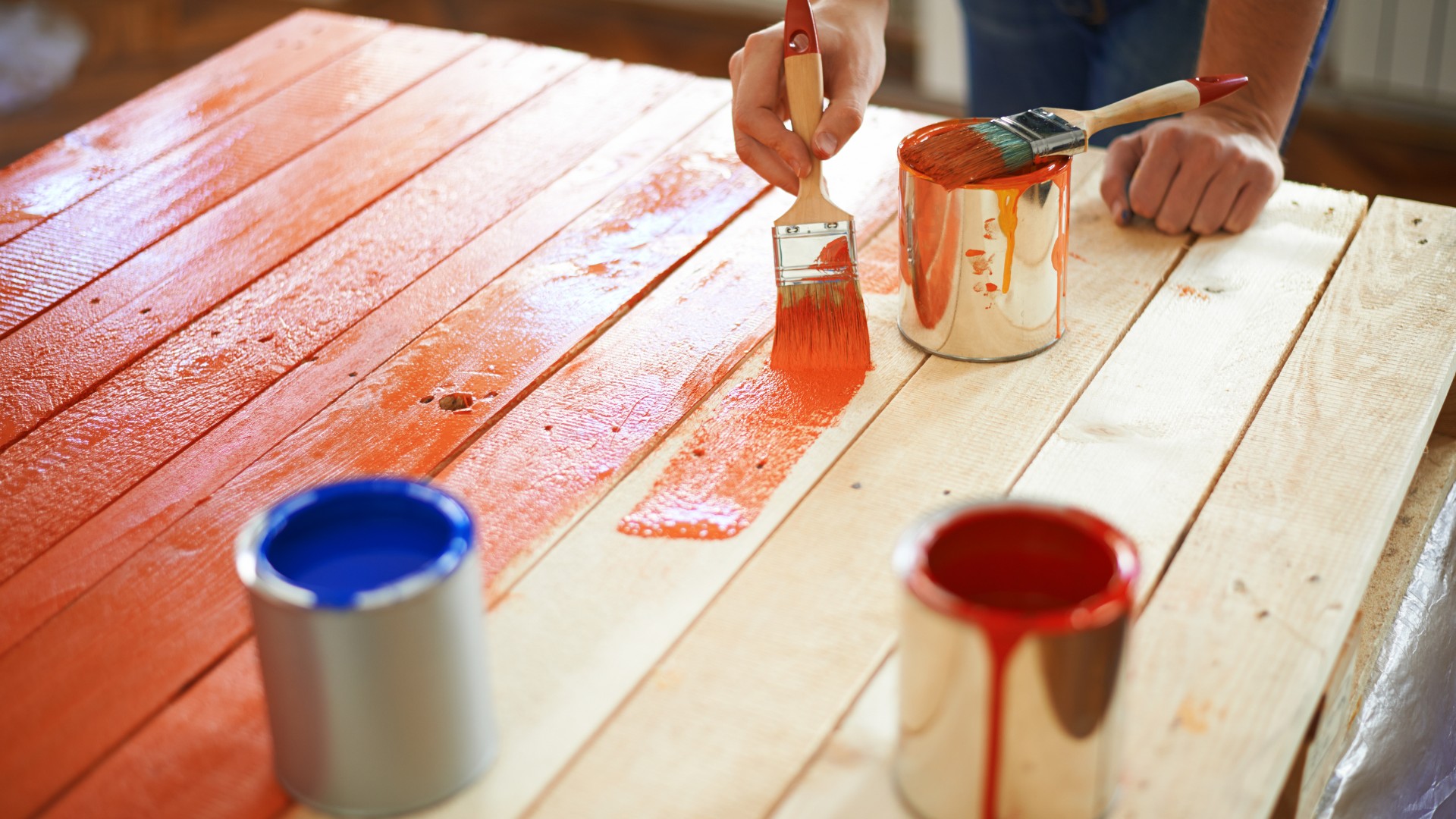
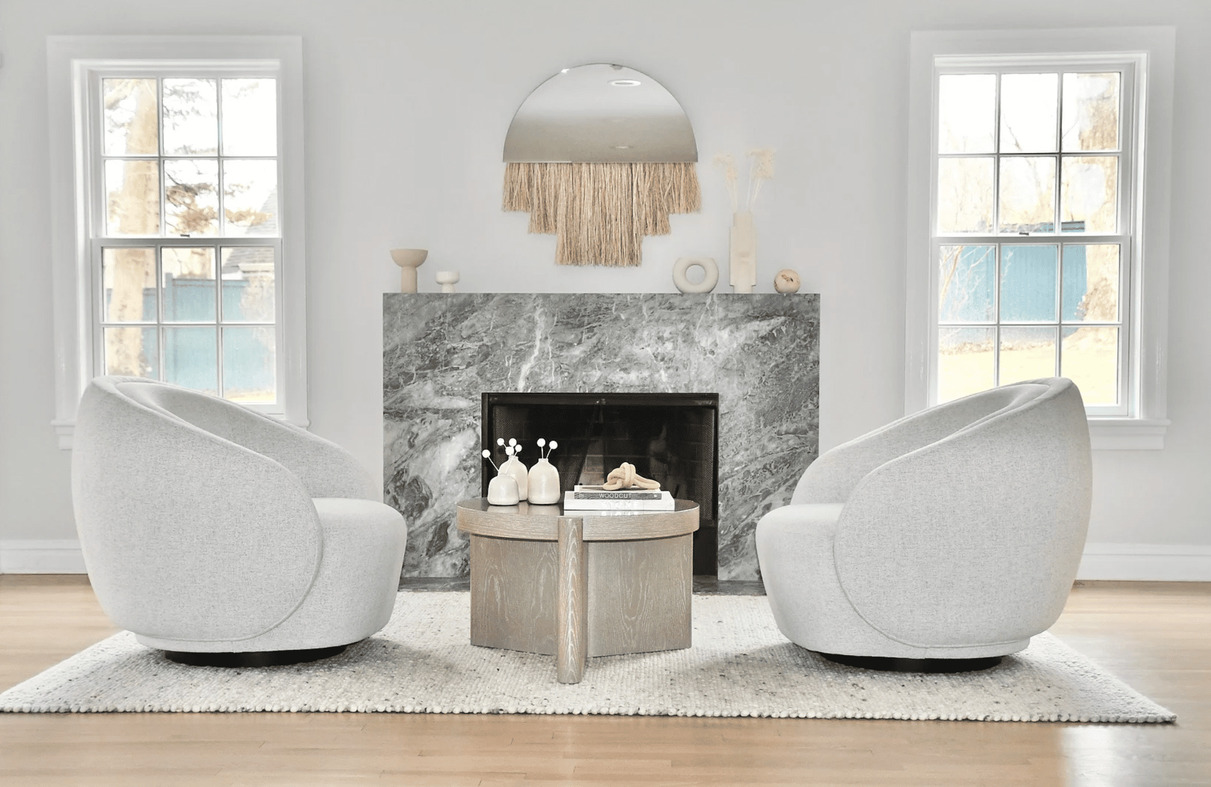
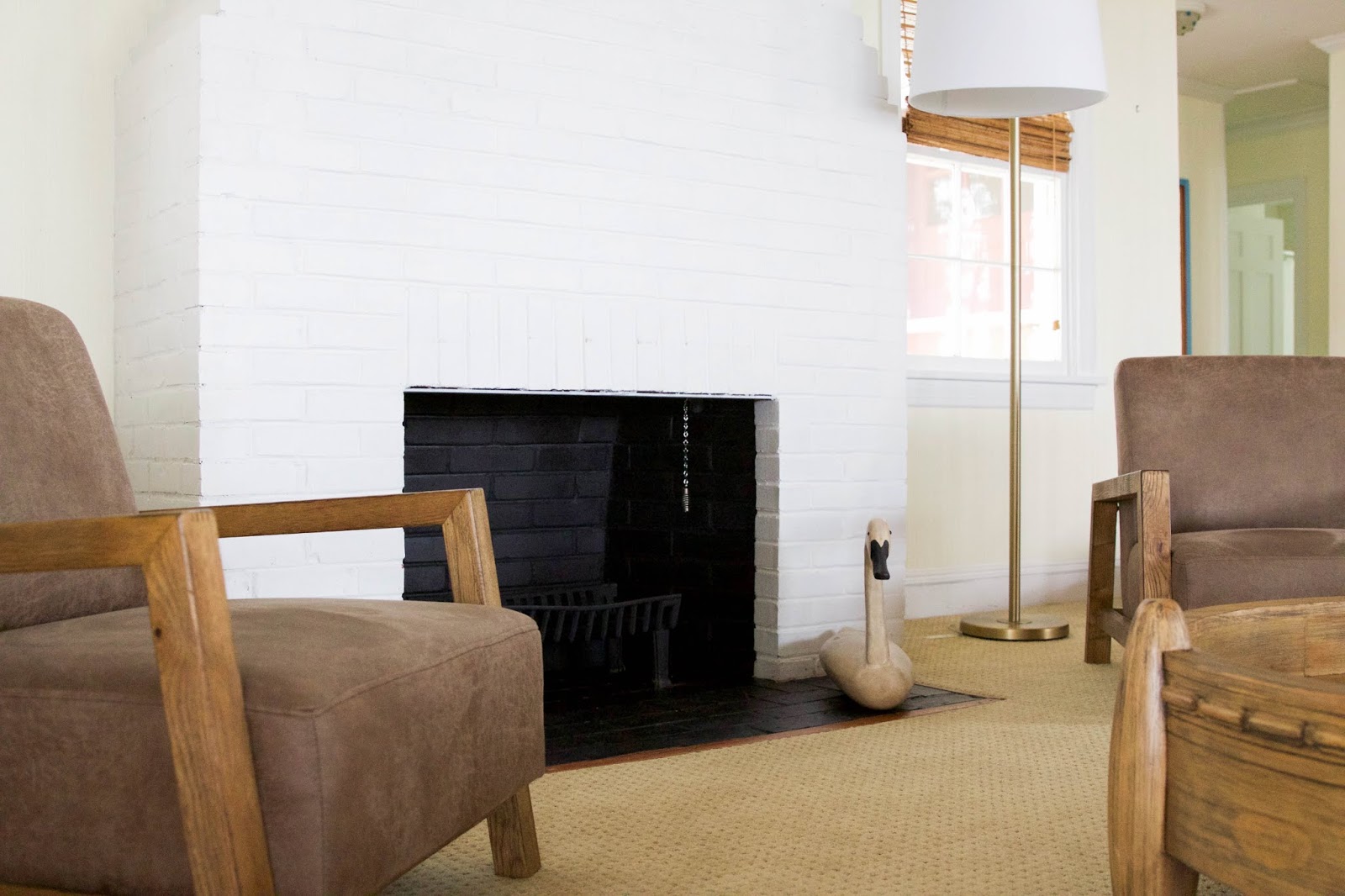
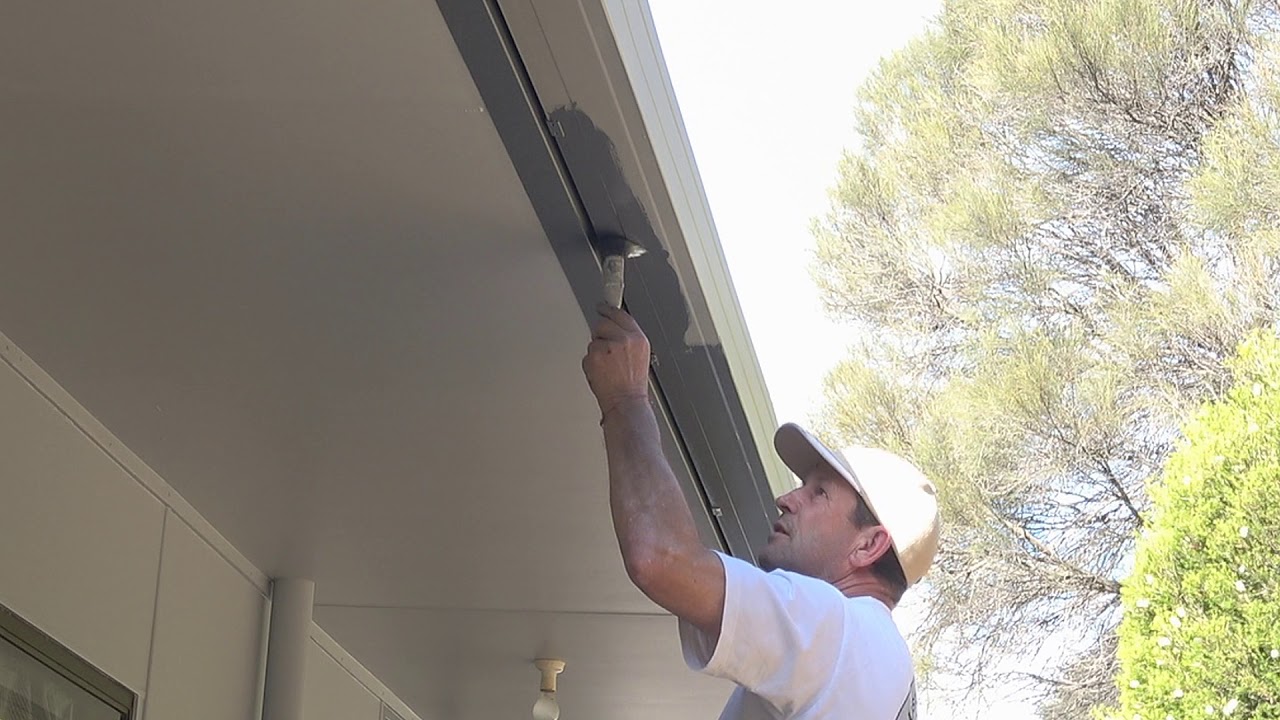


0 thoughts on “What Paint To Use On Fireplace”